Oily skin is the result when sebaceous glands beneath the skin overproduce sebum — an oily liquid composed of fats. Although sebum plays a necessary role in protecting and moisturizing skin and hair, too much of it clogs pores and causes acne. Hormones, genetics, and stress are all typical culprits.
While oily skin and acne can be difficult to control, most people resort to homemade remedies because they are cost-effective and non-invasive.
1. Wash Your Face

It sounds simple, but most with oily skin have a habit of neglecting to clean twice daily. Mild washing prevents too much oil from building up without drying out the skin. Try using a mild soap such as glycerin-based cleansers — not harsh detergents that cause even more oil to be produced.
2. Use Blotting Papers

These convenient, thin sheets won’t halt oil production, but they soak up extra oil on the surface of the skin during the day. They are cheap and perfect for a fast touch-up.
3. Use Raw Honey
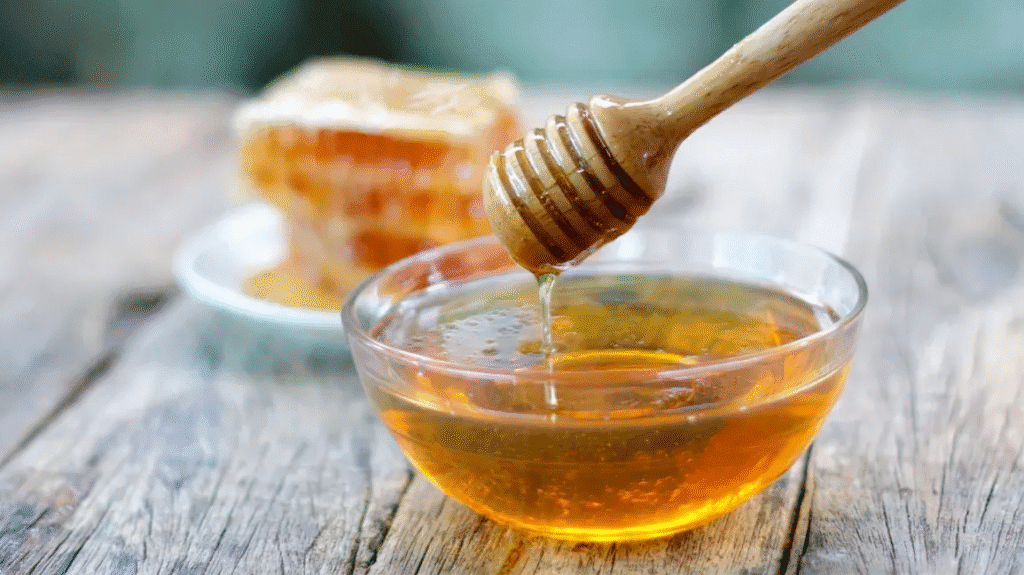
Raw honey is antibacterial and antiseptic, and it’s perfect for oily and acne skins. As a natural humectant, it moisturizes skin without contributing oil.
How to use:
Apply a thin layer of raw honey on clean skin.
Let it stand for 10 minutes.
Rinse in warm water.
4. Use Cosmetic Clay (French Green Clay)
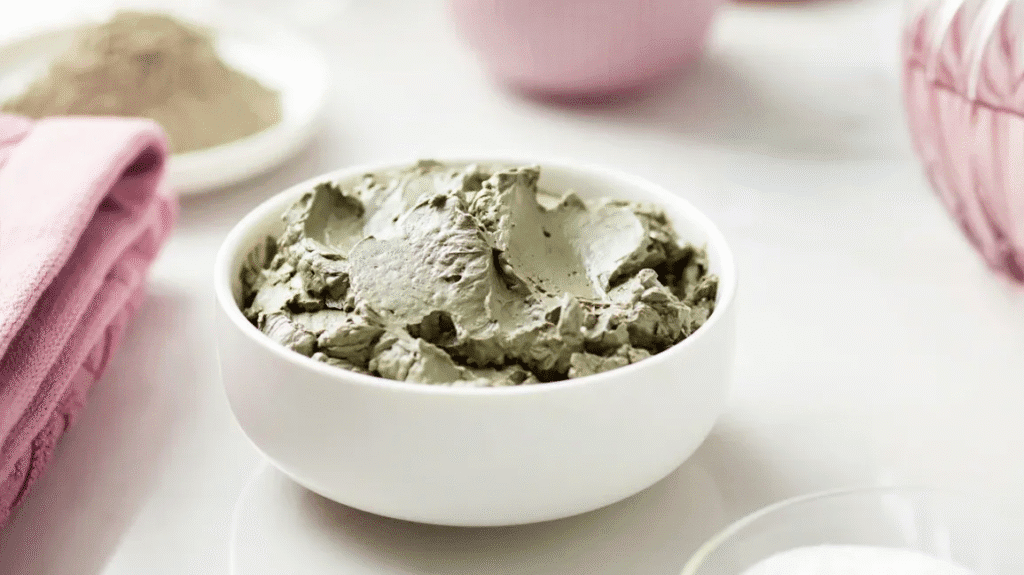
Otherwise referred to as healing clay, French green clay is great at soaking up oil and soothing breakouts.
Homemade Clay Mask:
Mix 1 tsp clay with rose or filtered water to create a paste.
Leave it on and let it dry.
Rinse off in warm water and blot dry.
Water-rinsed masks are more gentle than peel-offs.
5. Oatmeal Mask
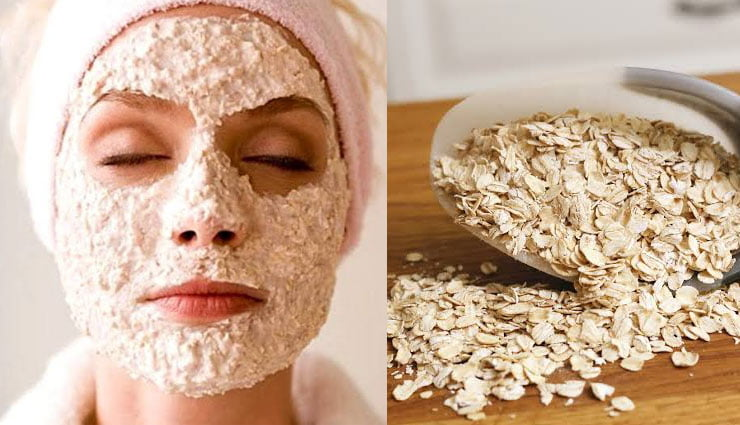
Oatmeal calms red skin, soaks up oil, and softens dead cells.
Instructions:
Mix ½ cup ground oats and hot water to make a paste.
Add 1 tbsp honey.
Massage on the face for 3 minutes or leave on for 10–15 minutes.
Wash off with warm water and dry.
6. Egg Whites and Lemon
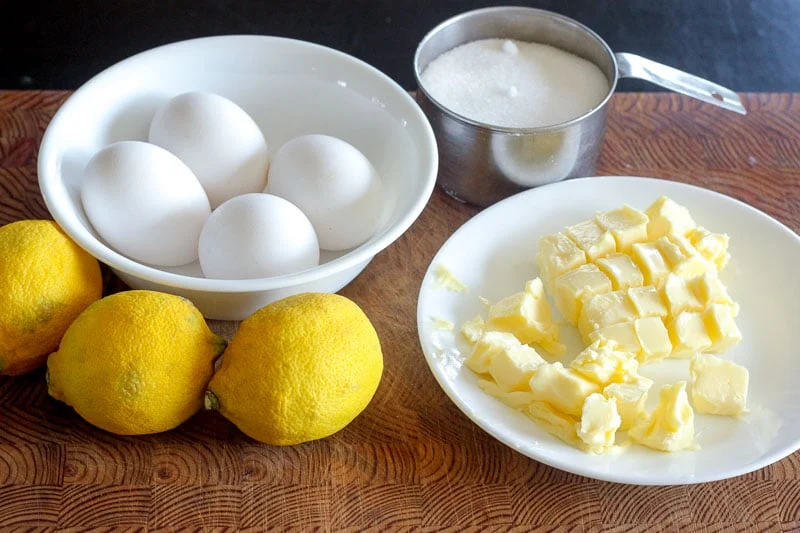
This ancient duo can possibly tighten pores and soak up oil due to the astringent nature of lemon juice.
Avoid if you have an egg allergy.
How to use:
Combine 1 egg white and 1 tsp fresh lemon juice.
Apply to face and let dry.
Rinse with warm water and dry.
Note: Lemon juice may be irritating or cause photosensitivity. Always combine with other ingredients and use sunscreen after application.
7. Ground Almond Scrub
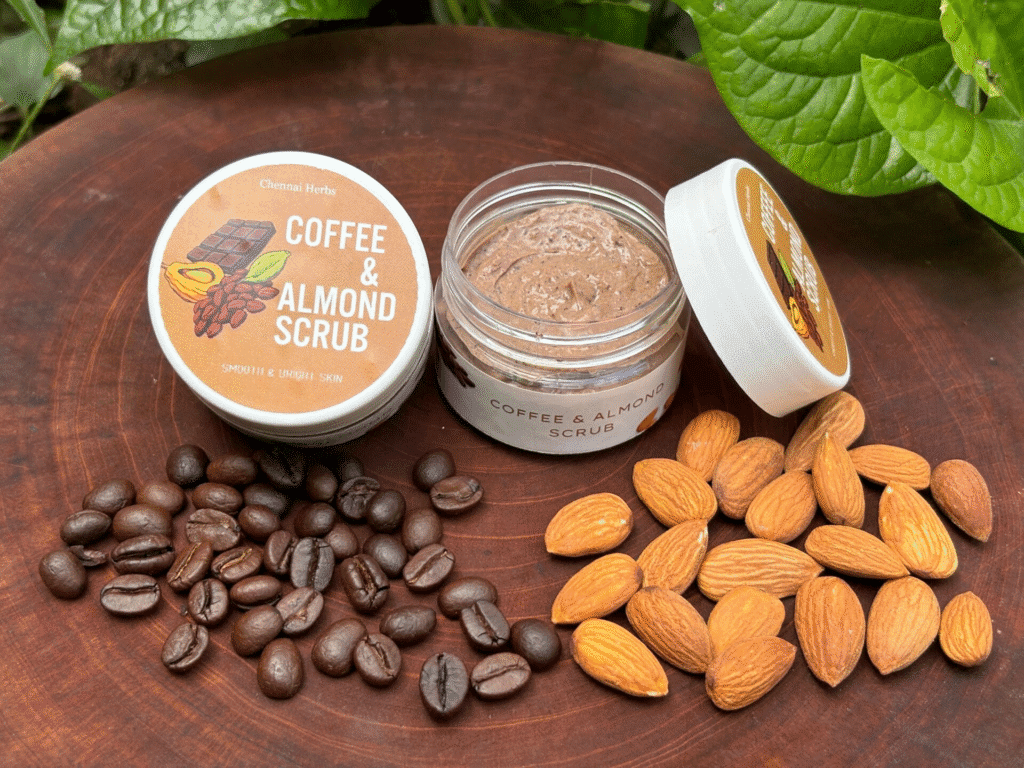
Almonds scrub skin and absorb oil and debris.
How to use:
Grind raw almonds finely (3 tsp).
Combine with 2 tbsp raw honey.
Gently massage in a circular motion, then wash off with warm water.
Avoid using if you are allergic to nuts.
8. Aloe Vera
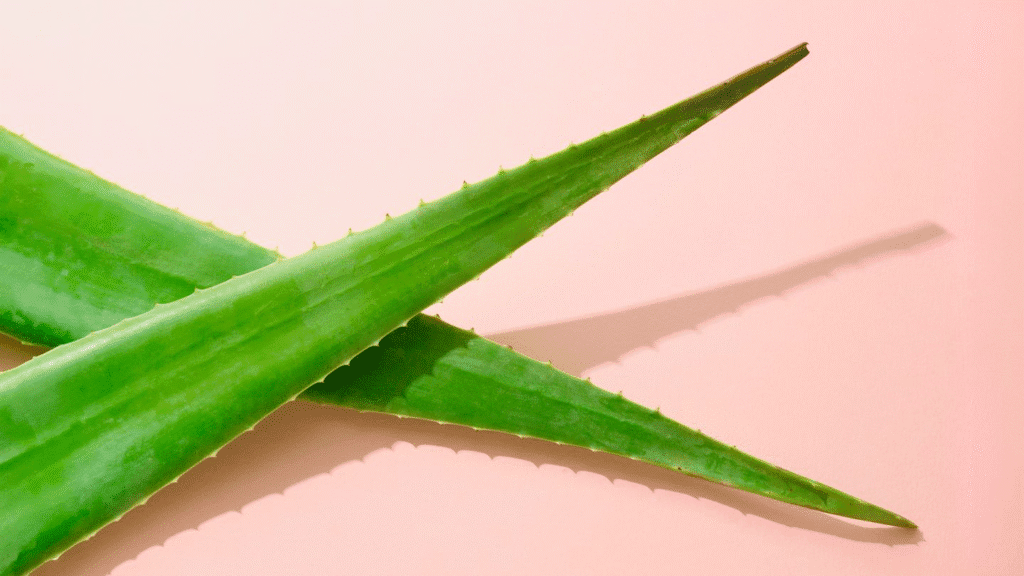
Aloe vera is famous for soothing burns and flakes. It can balance oily areas without leaving it greasy.
How to use:
Put a thin layer of aloe on the face at night.
Wash in the morning.
Test on a small area of skin first to disqualify allergic reactions.
9. Tomato Pulp
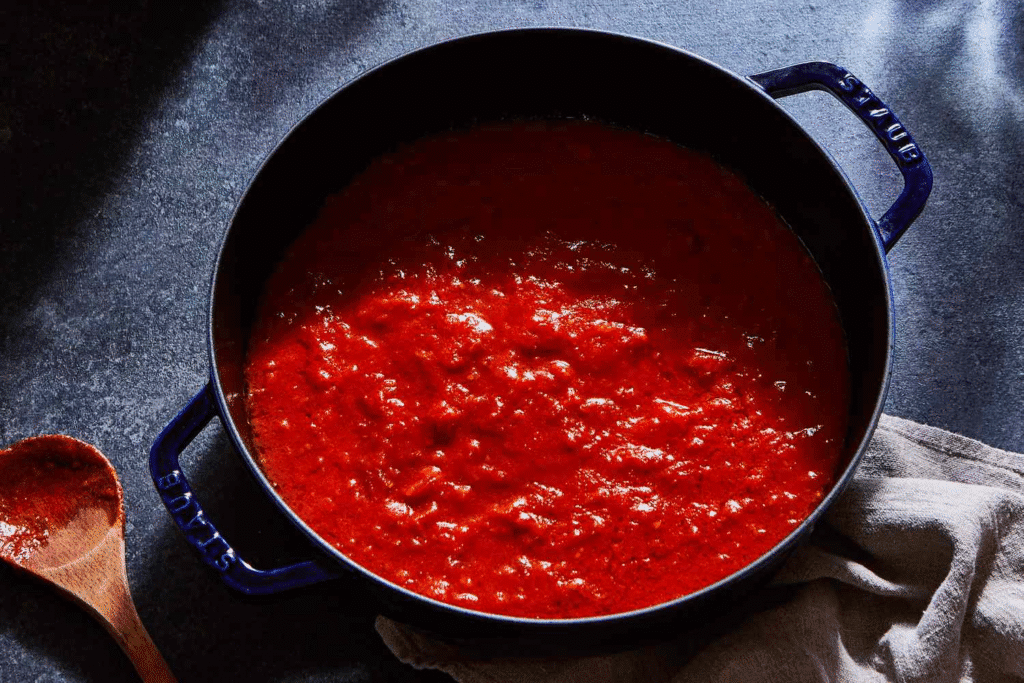
Salicylic acid-rich tomatoes absorb oil and clear pores.
DIY Tomato Mask:
Combine 1 tsp sugar and pulp of 1 tomato.
Apply in a circular motion.
Leave on for 5 minutes.
Rinse with warm water.
Alternatively, use simply the pulp or slices for a faster alternative.
10. Jojoba Oil
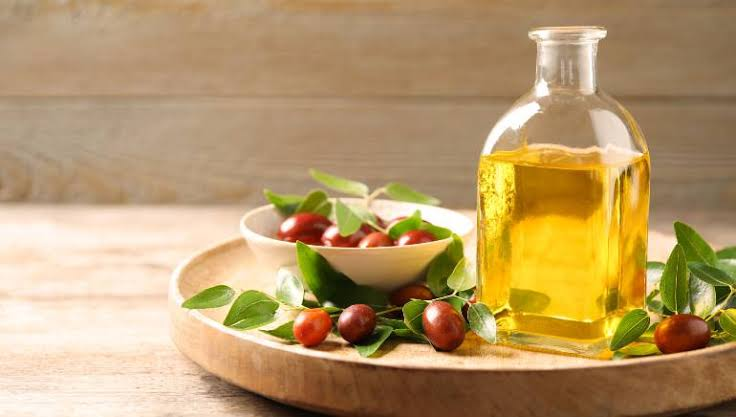
Although counterintuitive, using jojoba oil in small doses can indeed suppress sebum production by duplicating the natural oils of the skin.
How to use:
Begin with 1–2 drops on clean skin a few times a week.
If tolerance is good, slowly build up to daily use.
A study in 2024 revealed that jojoba oil was able to suppress oil secretion by as much as 30% under controlled laboratory settings.
Prevention Tips for Oily Skin
Maintain a regular skincare regimen.
Steer clear of fried, sugary, and processed food.
Use water-based or non-comedogenic makeup.
Stay away from heavy makeup, particularly oil-based foundation.
Takeaway
Home treatments such as honey, oatmeal, and aloe vera can treat oily skin without the cost of products. However, not all of them are supported by significant research, and results vary from person to person.
Also Read : How to Get Rid of Pimple Marks Naturally: Best Remedies and Tricks for Fair Skin



